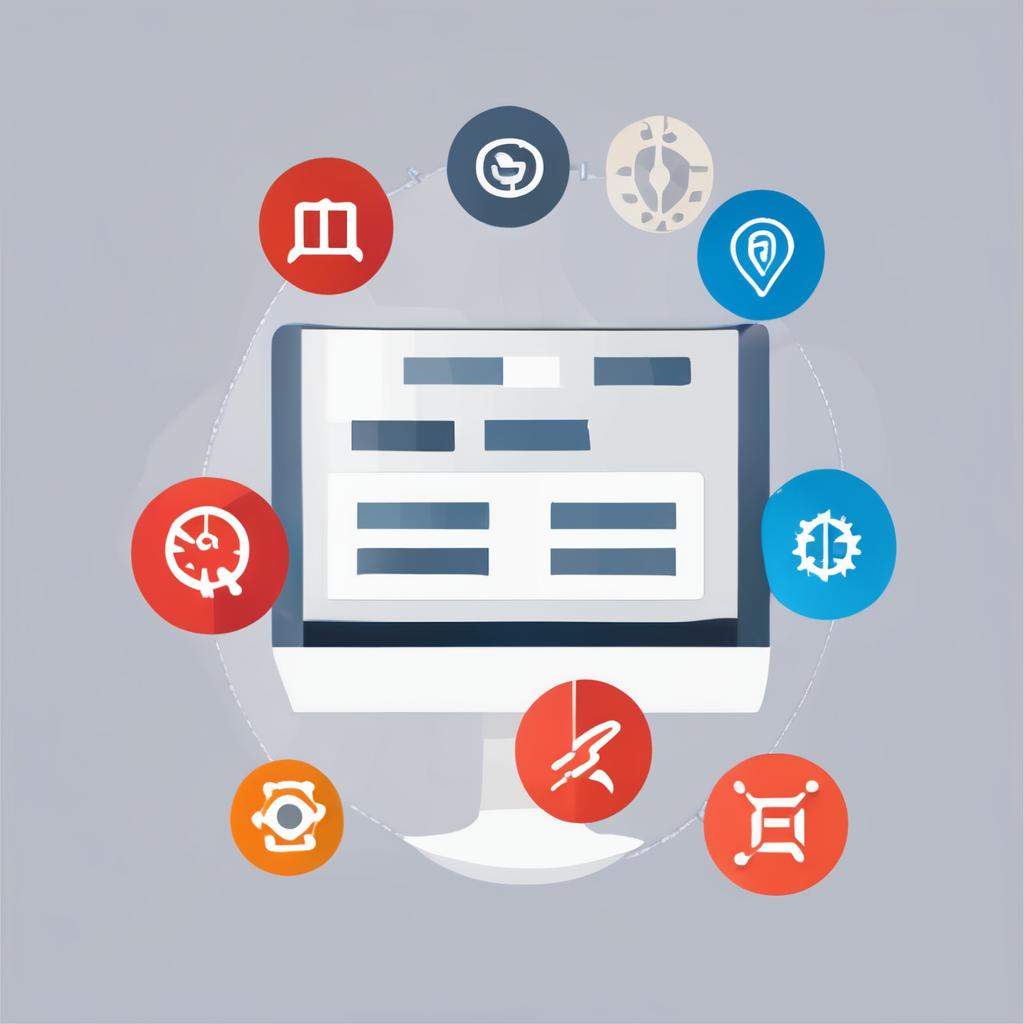Overview of Collaborative Tools
In the modern workplace, collaborative tools play an essential role in enhancing productivity and supporting remote teams. These tools are critical in almost every sector as they facilitate seamless communication and efficient management of tasks among team members. Given the rise of distributed workforces, such tools have become indispensable.
Collaborative tools can be broadly categorized into three main groups: communication tools, project management software, and document sharing platforms. Communication tools, such as instant messaging apps or video conferencing software, allow real-time interaction. This reduces the chances of misunderstandings and ensures that everyone is on the same page. Project management solutions help in delegating tasks and tracking progress, which can significantly boost productivity for remote teams. On the other hand, document sharing platforms offer the convenience of real-time editing and feedback, promoting team alignment by storing documents centrally.
This might interest you : Exploring the upsides and hurdles of embracing a remote-first work culture
The role of technology in distributed workforces is ever-evolving. Today, innovative functionalities within collaborative tools are aiding companies in bridging geographical gaps, thus fostering a more connected, efficient, and versatile work environment. This evolution underscores the importance of choosing the right collaborative tools to meet specific team needs.
Notable Collaborative Tools and Their Features
When it comes to tools for remote work, some platforms stand out due to their features and functionalities that support seamless collaboration. Understanding these tools is pivotal for businesses aiming to optimise their operations.
Have you seen this : Unlocking funding: strategies for tech startups to thrive amidst fierce investment competition
Communication Platforms
Popular communication tools like Slack, Microsoft Teams, and Zoom offer essential features that enhance team communication. These platforms support real-time interaction, allowing teams to keep up-to-date easily. Teams can instantly share messages, files, or hold video calls, which significantly impacts productivity and collaboration. Features like threaded conversations, video conferencing capabilities, and integration with other software facilitate a fluid workflow.
Project Management Solutions
Project management tools such as Trello, Asana, and Jira are indispensable for task delegation and progress tracking. Their functionalities include task boards, timelines, and progress indicators. These features not only streamline project management but also provide visual representations of workflows, enhancing clarity and accountability. This is particularly beneficial for distributed teams.
Document Collaboration Software
Tools like Google Workspace, Dropbox, and Notion excel in document sharing and collaboration. They allow real-time editing, commenting, and feedback, which enhances team synergy. Centralised document storage ensures that everyone accesses the latest versions, fostering team alignment and reducing errors. This functional efficiency is invaluable for remote teams striving for consistent outputs.
Benefits of Using Collaborative Tools
Collaborative tools offer numerous advantages that significantly boost team productivity, especially for remote teams. One major benefit is the enhancement of communication within teams, leading to fewer misunderstandings. When misunderstandings are reduced, tasks are completed more efficiently, and projects tend to progress smoother.
Improved accountability and transparency are other key benefits. Tools that allow team members to clearly see who is responsible for various tasks and track progress help avoid overlaps and ensure deadlines are met. This transparency boosts trust within teams, allowing individuals to feel more engaged and responsible.
Another significant advantage is the flexibility provided by these tools. With the varying dynamics of modern work environments, being able to adapt quickly is crucial. Collaborative tools provide this adaptability, enabling teams to work seamlessly regardless of their location or the changes in their schedules.
The overall flexibility and adaptability afforded by these tools empower teams to adjust strategies to fit evolving demands. By leveraging these advantages, teams can navigate complex projects and changing priorities with confidence and efficiency, marking a substantial improvement in productivity and team collaboration.
Challenges and Considerations in Implementation
Integrating collaborative tools into a work environment is not always smooth sailing. One must carefully navigate collaborative tool challenges to ensure successful adoption among remote teams. A common hurdle is user resistance, often stemming from reluctance to change established workflows. Businesses must provide comprehensive training to help team members adapt and understand the productivity enhancement potential these tools offer.
There’s a delicate balance between leveraging these tools and overwhelming team members with too many platforms. Excessive tool usage can fragment workflows, causing confusion and reducing efficiency. Thus, it is crucial to select a suite of tools that complement each other and genuinely support the team’s communication and project needs.
Remote work pitfalls also include ensuring data security and privacy. With the increasing reliance on digital platforms, safeguarding sensitive information is paramount. Implementing robust security measures and fostering a culture of vigilance can mitigate these risks, bolstering team trust in the systems.
By addressing these considerations, businesses position themselves to maximise the benefits of collaborative tools, fostering an environment that enhances communication, accountability, and overall productivity.
Real-World Success Stories
In examining case studies of businesses that have effectively utilized collaborative tools, we highlight how Company X achieved a remarkable transformation. By integrating specific collaborative software, Company X improved communication and enhanced team productivity, a change that was especially significant for its remote workforce.
One standout success was the use of Slack for instant messaging, which reduced email congestion by 40% and improved response times by 30%. Microsoft Teams further boosted collaboration with video capabilities, creating a virtual office environment that nurtured team connections.
Metrics revealed an impressive boost in distributed team efficiency. For instance, project turnaround times were reduced by 25% with the seamless task delegation made possible through Trello. Asana’s visual task boards empowered teams to monitor workflow in real-time, keeping projects on track and stakeholders informed.
Team members reflected on the amplified synergy that came from centralized document access through Google Workspace. This eliminated version control issues and ensured all members worked with the latest document, thus minimizing errors.
These cases exemplify how strategically leveraging collaborative tools can lead to significant productivity enhancements and operational efficiencies, underscoring the transformative power of modern digital solutions in today’s dynamic work environments.
Best Practices for Maximizing Collaborative Tool Effectiveness
To truly harness the potential of collaborative tools, it is crucial to integrate them seamlessly into daily workflows. This involves creating productivity tips that align with team goals and simplify tasks. Teams should schedule regular training sessions to keep themselves updated on tool functionalities, ensuring they understand how to navigate and utilise these technologies to their full extent.
Adopting a routine of tool utilization can also reduce reliance on outdated communication methods, such as endless email threads, by embracing more interactive channels. Furthermore, establishing specific strategies—for instance, utilizing project management tools for task allocation or document sharing for real-time collaboration—can significantly enhance team efficiency.
Encouraging a culture that values remote team strategies, such as open communication and feedback, fosters collaboration and innovation within teams. By promoting a mindset focused on continual improvement and adaptability, teams can better respond to evolving business environments.
Lastly, prioritizing tools that integrate with existing software creates a seamless digital ecosystem. This approach ensures a natural workflow, minimizing disruptions and keeping the spotlight on what truly matters: achieving project goals efficiently and effectively.











